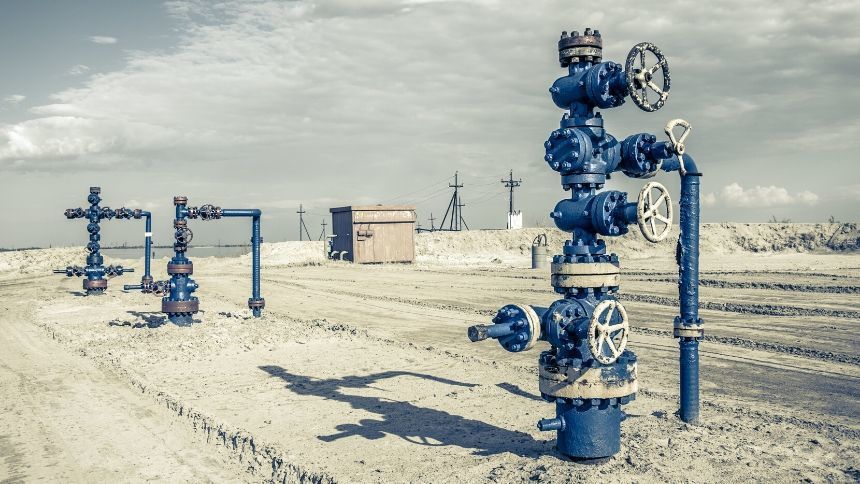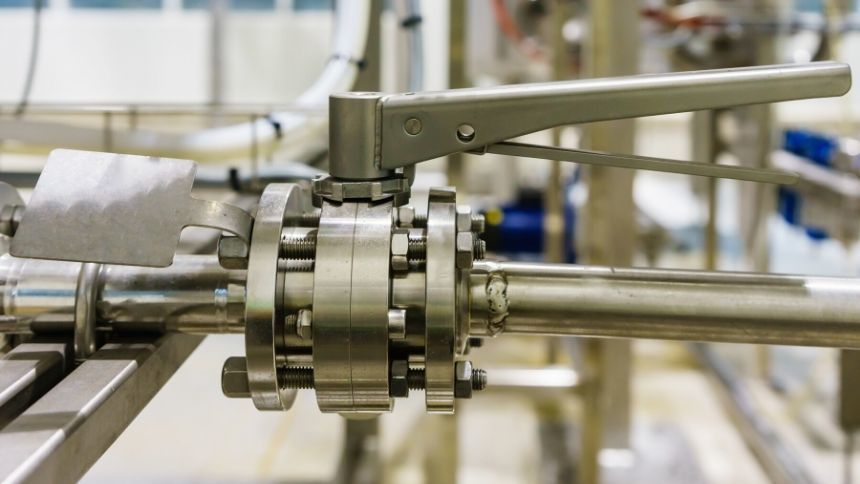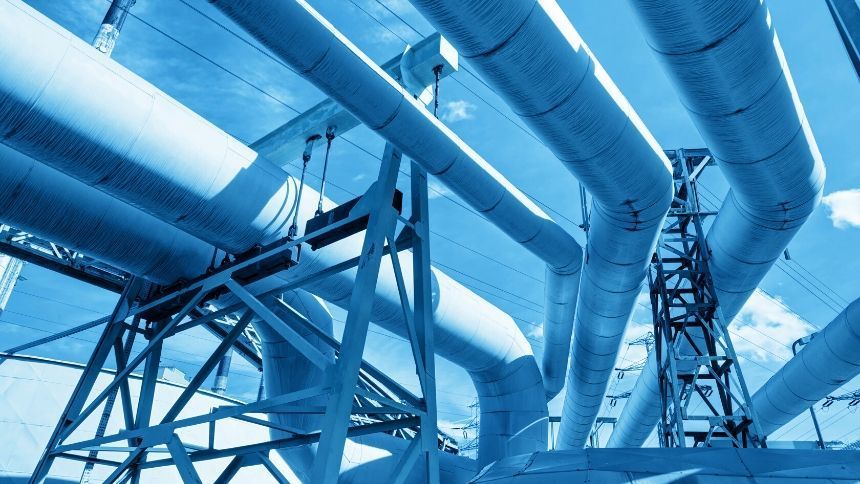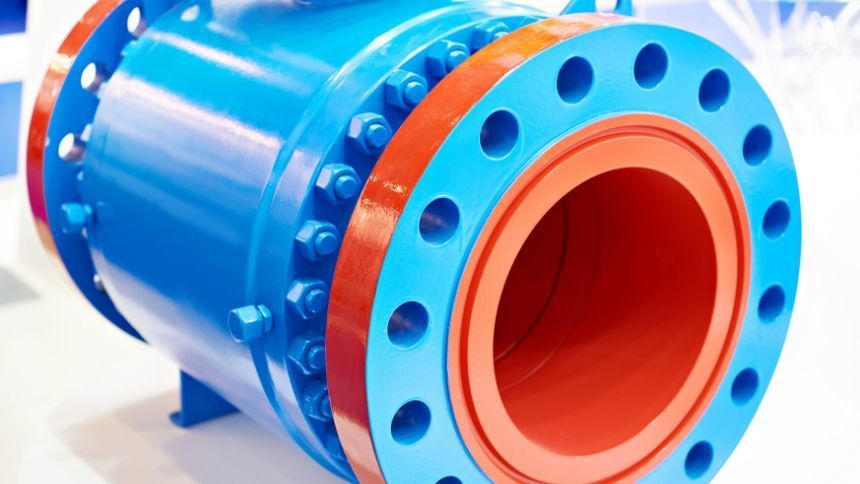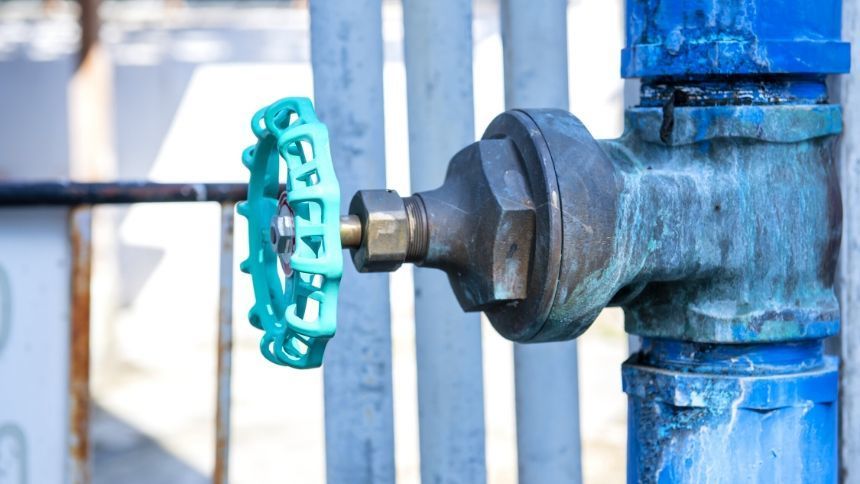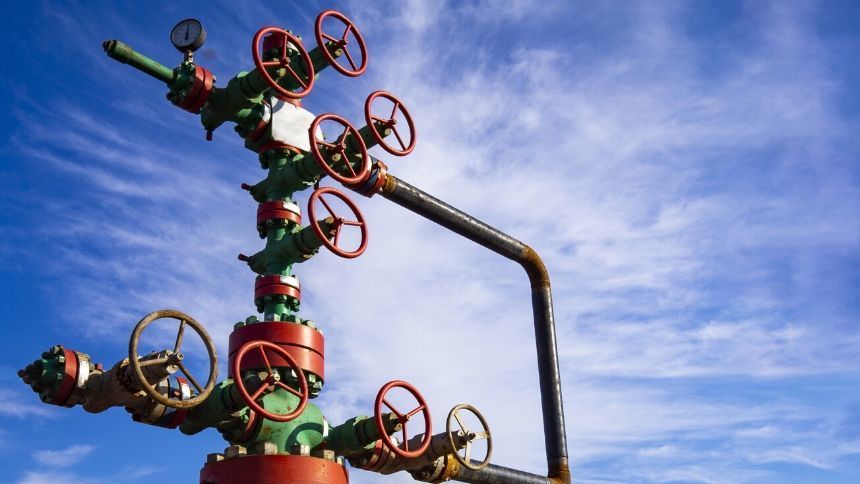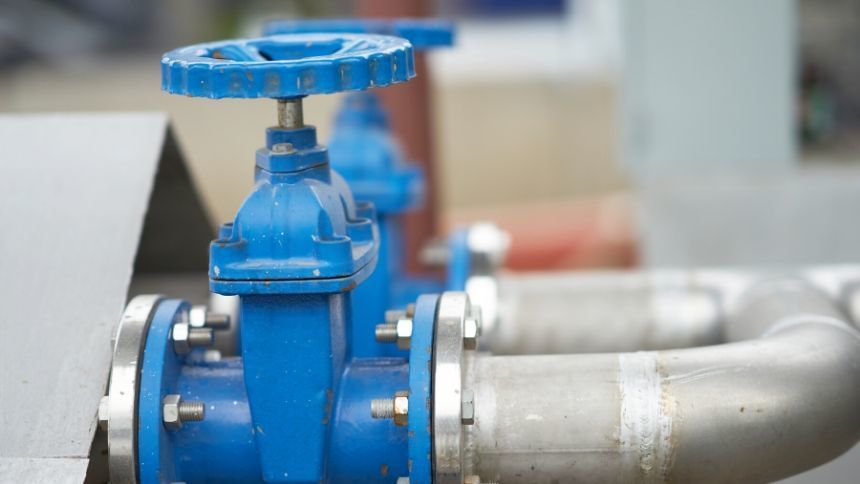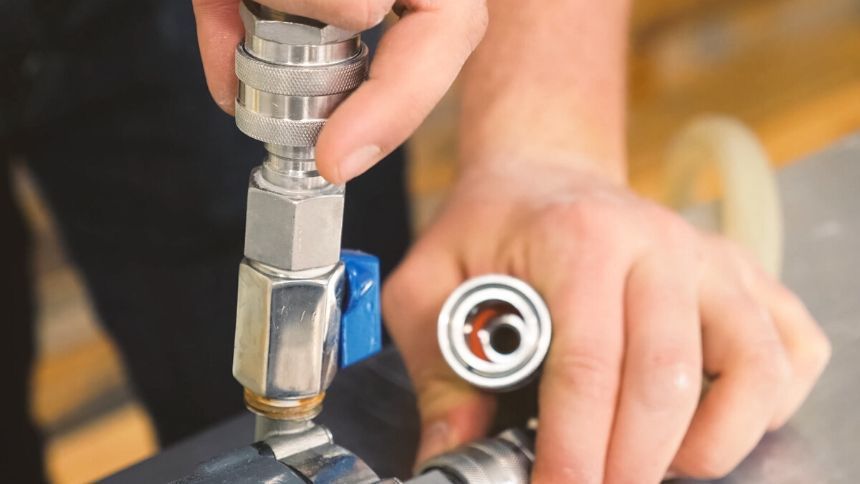Use High-Quality Tubing Hangers to Avoid Issues
Tony Mers • September 9, 2019
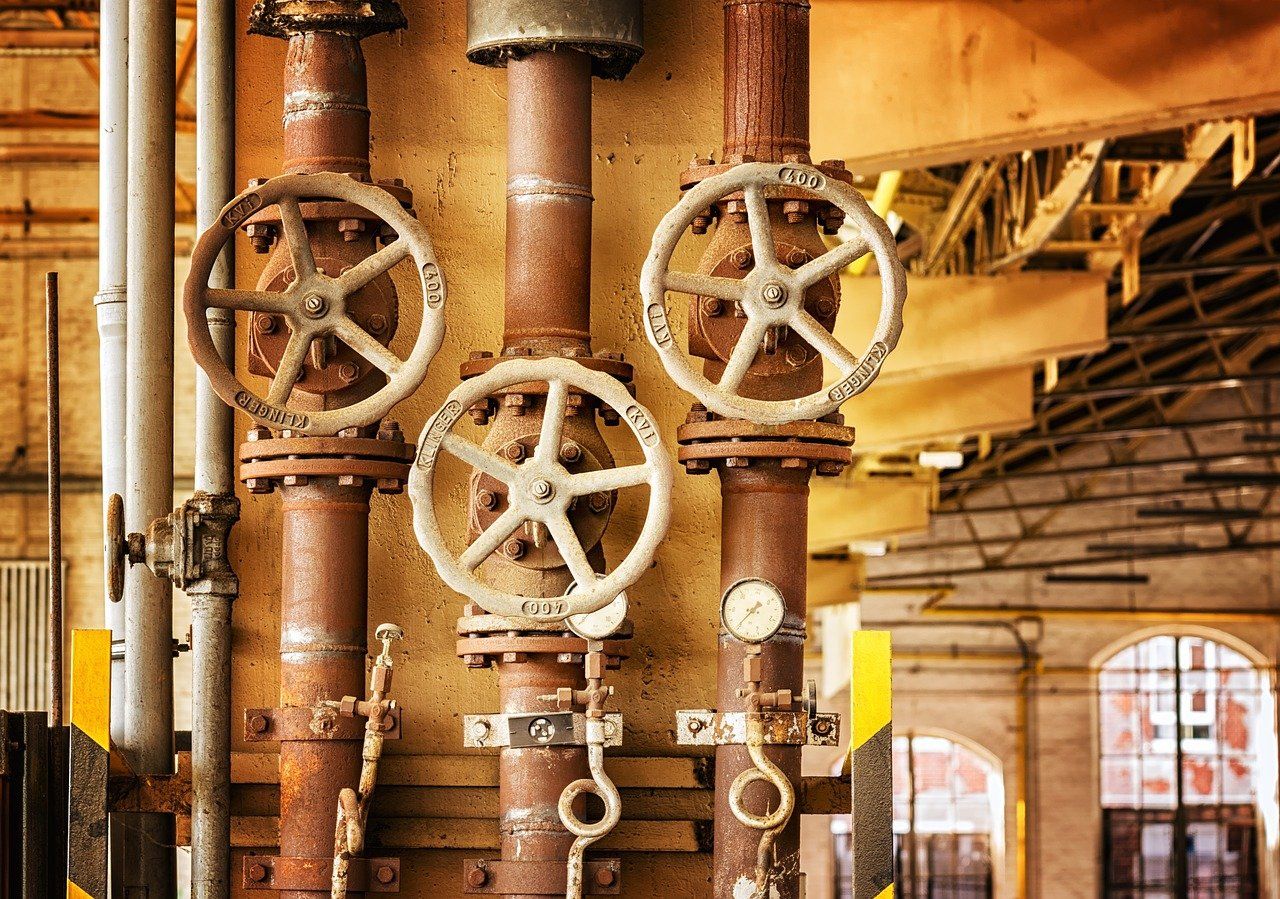
Ease of operation comes down to the quality of the materials that are used at the wellhead. High-quality tubing hangers are an important part of the puzzle when you are looking for a worry-free operation.
High-quality tubing hangers deliver the reliable seal that you can depend on. It is responsible for the seals between the production casing and the tube. It is a vital wellhead component. There are roughly 10 different types of tubing hangers on the market.
The Types
There are plenty of different options when it comes to tubing hangers
with the main options being:
Wrap-around styles. These types are used to seal annulus but do not suspend the tubing.
Mandrel hanger. It has coupling threads on each end and a back pressure valve internally.
Extended necks. The extended neck types have a neck that extends above the tubing. Typically this type has extra seals in the neck.
Dual completions come in a wide range of string combinations.
Slip type hangers. Easily support tubing or casing in the bowl.
Tension hangers. A two-piece hanger configuration.
There is a wide range of options that are available that can help to deliver the wellhead support you need for your operation. Choosing quality parts is vital to getting the benefits out of tubing hangers that you need.
A trusted source can provide you with the options that you need. They will deliver the fast turn around on parts orders to ensure that you have what you need when you need it.
Made for Your System
Getting the hangers that you need starts with using the right source that carries a wide range of valves and other equipment that you can depend on. There are over 3,000 facilities in OCS that depend on having the right equipment on hand for the collection of oil and gas. Having the right equipment on hand keeps your operation competitive.
The right tubing hangers are the details that keep things productive. You can expect less downtime and overall safer operation with the right tubing hangers. Turn to a trusted source for your valve needs like high-pressure ball valve and pig valve needs and hanger needs and enjoy worry-free operation.
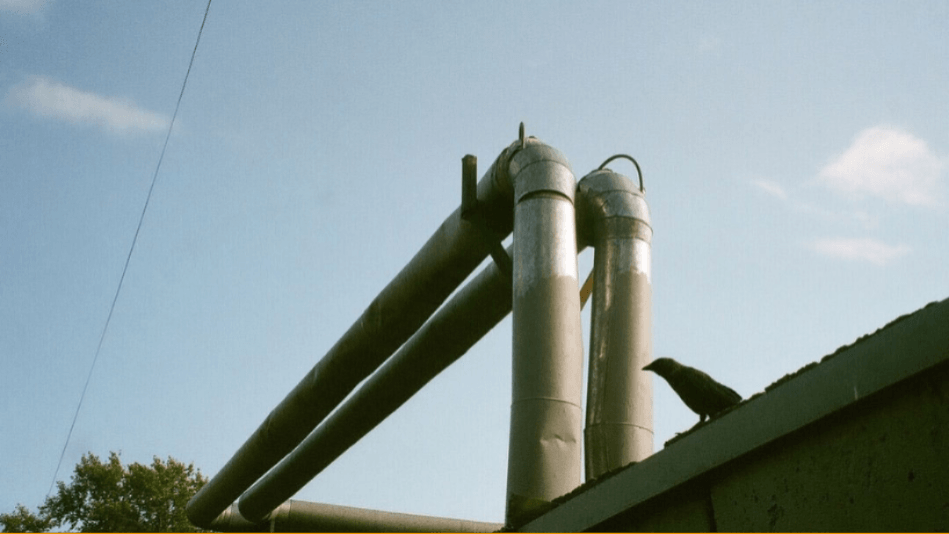
Right now, there are over 3,000 facilities on the Outer Continental Shelf involved in the collection and treatment of oil and gas. These oils and gases are collected from wells -- a process that's performed using certain types of high pressure valves. Of course, different types of American ball valves offer different results and it's crucial that the right projects are executed with the right types of valves. Quite often, the types of valves being used are ball valves, sometimes referred to as pig ball valves or pig vales (as they are used in conjunction with pipeline pigging systems). Before sourcing and investing in valves, it is important to understand the degree to which these valves may differ from one another. Let's delve into some of the defining characteristics of ball valve types. Ball Valve Body Styles Before getting into the exact types of ball valves that are available at the moment, it's important to remember that there are actually four separate types of body styles. These include the single body, split body, top entry, and welded styles. The styles of ball valves available differ from the types of ball valves available. This means that there are number of potential variations that you can see in ball valves. The great thing about this variety is that it means that there is more potential applicability in ball valves than there would be otherwise. Full Port Ball Valves: Turning to the different body types of ball valves, we can first look at the full port ball valve. A full port ball valve is defined by the fact that it has an oversized ball. The oversized ball has a purpose -- it is the same size as the pipeline. This means that there will be less potential friction less than there would be if the ball wasn't the same size as the pipeline, and the flow involved is unrestricted. The valve is larger as well. Standard Port Valves: As their name suggests, standard port valve are quite usual. This means they're less expensive than some alternatives. This type of valve has a smaller ball, and therefore the valve itself is smaller as well. The flow going through the pipe will in turn be smaller and will typically be about one pipe size smaller than the valve's pipe size. This makes it more restricted. The V Port Ball Valve: The V port ball valve is named after its V-shaped seat. What this means is that the orifice through which the product flows can be more easily opened and closed to change its direction. While many like this idea, the construction of this type of valve means that it can't be used just anywhere. It typically needs to be utilized in a more secure site. When the valve is opened, it is usually opened at the "small end" first, which helps stabilize the flow control. Trunnion Ball Valve: Then there is the trunnion ball valve, which doesn't exactly give much away through its name. This type of valve will actually anchor the valve at the top and the bottom through a particular mechanism. This would be applied on larger and more high pressure valves. While this type of valve isn't going to fit everyone's needs, it can definitely be used for particularly high pressure projects. Manually Operated Valves: Finally, these types of valves can be closed more quickly than their counterparts. Though this is an advantage in some cases, it also means that there can be a risk of a water hammer. These can include an actuator, which can be pneumatically or motor operated, which will in turn be used for on/off flow control. The valve will also have a positioner, which transforms the control signal into an actuator position. The flexibility of this type of valve is certainly an advantage to most projects. Now that you're more familiar with the styles and types of ball valves, you'll be in a better position to make decisions that will support your needs. For more information, please contact us today.
